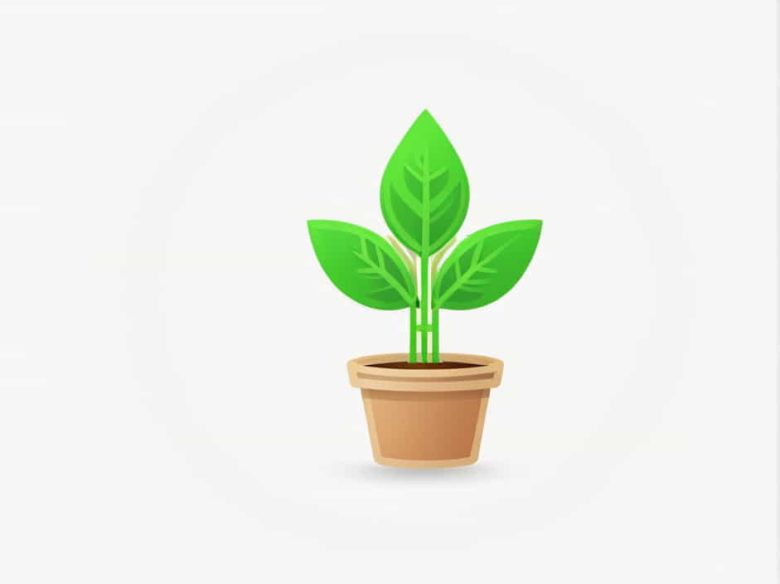Plants are often referred to as photosynthetic autotrophs but what does this term actually mean? In simple words plants are organisms that produce their own food using sunlight water and carbon dioxide through a process called photosynthesis.
This unique ability allows plants to sustain themselves and provide energy for other living organisms in ecosystems. In this topic we will explore the meaning of photosynthetic autotrophs how photosynthesis works and why plants play a crucial role in the environment.
What Are Photosynthetic Autotrophs?
Definition
- Photosynthetic autotrophs are organisms that use light energy to produce their own food.
- The term is derived from two Greek words:
- “Photo” means light.
- “Auto” means self and “troph” means feeding.
- This means that plants do not need to consume other organisms for energy like animals do.
Examples of Photosynthetic Autotrophs
The most common examples of photosynthetic autotrophs include:
- Green plants (trees flowers shrubs grasses)
- Algae (found in water environments)
- Cyanobacteria (also known as blue-green algae)
These organisms convert sunlight into chemical energy which supports life on Earth.
How Does Photosynthesis Work?
The Process of Photosynthesis
Photosynthesis is a biochemical process that occurs in the chloroplasts of plant cells. It involves:
- Capturing sunlight using a green pigment called chlorophyll.
- Converting light energy into chemical energy in the form of glucose (sugar).
- Releasing oxygen as a byproduct.
Photosynthesis Equation
The overall chemical equation for photosynthesis is:
6CO₂ + 6H₂O + Light → C₆H₁₂O₆ + 6O₂
This means:
- Carbon dioxide (CO₂) from the air and water (H₂O) from the soil are absorbed.
- Light energy is used to convert these into glucose (C₆H₁₂O₆) which stores energy.
- Oxygen (O₂) is released into the atmosphere which is essential for animals and humans to breathe.
Stages of Photosynthesis
Photosynthesis occurs in two main stages:
1. Light-Dependent Reactions
- These reactions take place in the thylakoid membranes of the chloroplasts.
- Sunlight is absorbed by chlorophyll which excites electrons and generates ATP (energy).
- Water molecules are split releasing oxygen as a waste product.
2. Light-Independent Reactions (Calvin Cycle)
- These reactions take place in the stroma of the chloroplast.
- ATP and carbon dioxide are used to synthesize glucose.
- This glucose is stored and later used by the plant for growth and energy.
Why Are Plants Important as Photosynthetic Autotrophs?
1. Oxygen Production
Plants release oxygen into the atmosphere making it possible for humans and animals to survive. Without photosynthesis there would be no oxygen for respiration.
2. Food Source for Other Organisms
As producers plants form the base of the food chain. Herbivores eat plants and carnivores eat herbivores transferring energy through the ecosystem.
3. Carbon Dioxide Absorption
Plants absorb carbon dioxide helping to reduce greenhouse gases and fight climate change. Forests act as “carbon sinks” by storing large amounts of CO₂.
4. Energy Storage
Through photosynthesis plants store energy in carbohydrates which humans and animals obtain by eating plant-based foods like fruits vegetables and grains.
5. Habitat for Wildlife
Forests grasslands and wetlands provide shelter and food for countless animal species. Many animals rely on plants for protection nesting and sustenance.
Differences Between Autotrophs and Heterotrophs
| Feature | Autotrophs (Plants) | Heterotrophs (Animals Humans) |
|---|---|---|
| Food Production | Produce their own food using sunlight | Depend on consuming other organisms |
| Energy Source | Sunlight (via photosynthesis) | Food (plants or other animals) |
| Examples | Plants algae cyanobacteria | Humans animals fungi |
Heterotrophs cannot photosynthesize and rely on plants for survival by consuming fruits vegetables and plant-based foods.
Adaptations in Photosynthetic Autotrophs
Different plants have adapted to various environments to optimize photosynthesis.
1. Desert Plants (Cacti Succulents)
- Store water in thick stems.
- Have small or no leaves to reduce water loss.
- Perform CAM photosynthesis where they take in CO₂ at night to conserve water.
2. Aquatic Plants (Water Lilies Algae)
- Have air spaces to float on water.
- Thin leaves to absorb light efficiently.
- Some algae perform photosynthesis underwater.
3. Tropical Rainforest Plants
- Have large leaves to absorb maximum sunlight.
- Grow fast to reach sunlight above the canopy.
Plants are photosynthetic autotrophs meaning they can produce their own food using sunlight. Through photosynthesis they generate oxygen store energy and sustain ecosystems.
Understanding how plants function helps us appreciate their vital role in maintaining life on Earth. By protecting forests and green spaces we ensure a healthier environment for future generations.



